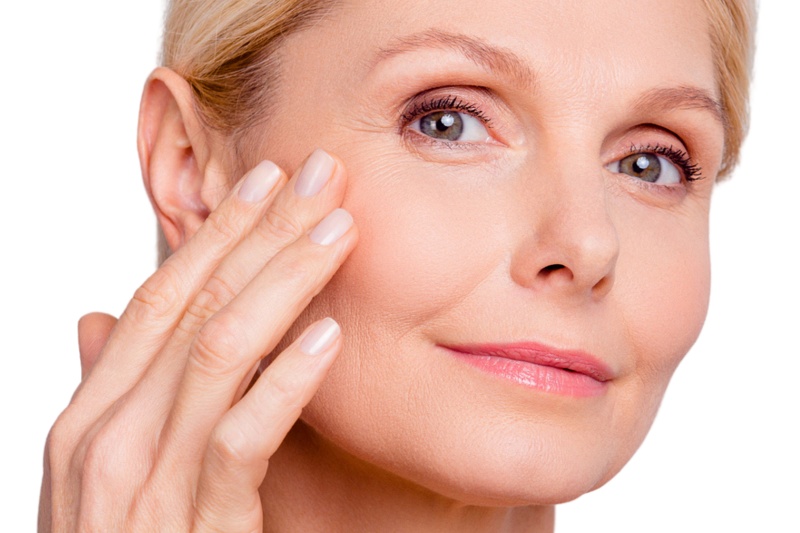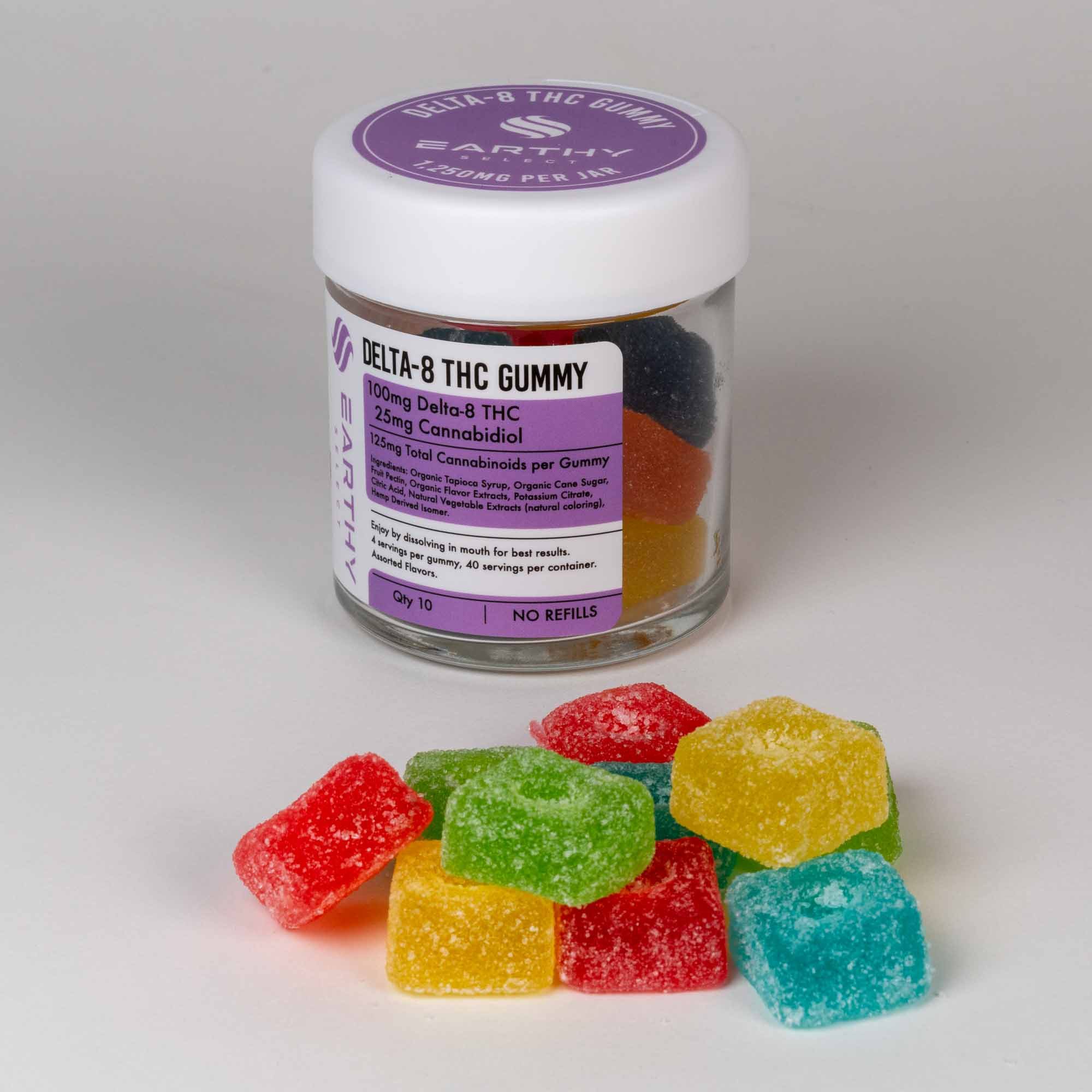Dermatological treatments have become increasingly popular in recent years as people seek to enhance their skin’s appearance and address various skin concerns. While these treatments offer numerous benefits, a common question that arises is whether they are painful. Explore different therapeutique dermatologique and their associated pain levels to help you make an informed decision about your skincare journey.
Understanding Dermatological Treatments
Understand what therapeutique dermatologique entail. Dermatological treatments encompass a wide range of procedures aimed at improving skin health and appearance. These treatments can target issues like wrinkles, acne, pigmentation, and more. The level of discomfort associated with these procedures varies depending on the specific treatment and individual pain tolerance.

Common Dermatological Treatments
Chemical Peels
Chemical peels involve the application of a chemical solution to exfoliate the skin’s top layer. They can be mildly uncomfortable, with a sensation similar to sunburn.
Botox Injections
Botox injections are relatively painless and quick, with minimal discomfort.
Dermal Fillers
Dermal filler injections may cause mild discomfort or a slight stinging sensation.
Laser Therapy
Laser treatments can vary in pain level, from minimal discomfort to feeling like a rubber band snap.
Microdermabrasion
Microdermabrasion is generally painless, with a sensation of slight scratching.
Microneedling
Microneedling can be slightly uncomfortable but is usually well-tolerated with the use of numbing creams.
Cryotherapy
Cryotherapy involves freezing skin lesions and may cause some discomfort during the procedure.
Factors Influencing Pain Perception
Several factors can influence an individual’s perception of pain during dermatological treatments:
1. Pain Tolerance
Pain tolerance varies from person to person. What may be painful for one individual might be tolerable for another.
2. Type of Treatment
The specific treatment being performed plays a significant role in determining the level of discomfort. Some treatments are inherently less painful than others.
3. Skill of the Practitioner
The experience and expertise of the dermatologist or practitioner administering the treatment can impact the patient’s comfort level.
4. Pre-Treatment Numbing
Many dermatological procedures can be made more comfortable with the application of numbing creams or gels before the treatment begins.
Conclusion
Dermatological treatments can range from virtually painless to mildly uncomfortable, depending on various factors. It’s essential to communicate openly with your dermatologist or practitioner about your pain tolerance and concerns. They can provide guidance and options to ensure a more comfortable experience during your treatment journey. Your dermatologist will provide specific aftercare instructions, including recommendations for pain management if necessary. It’s essential to follow these instructions for a smooth recovery process.



